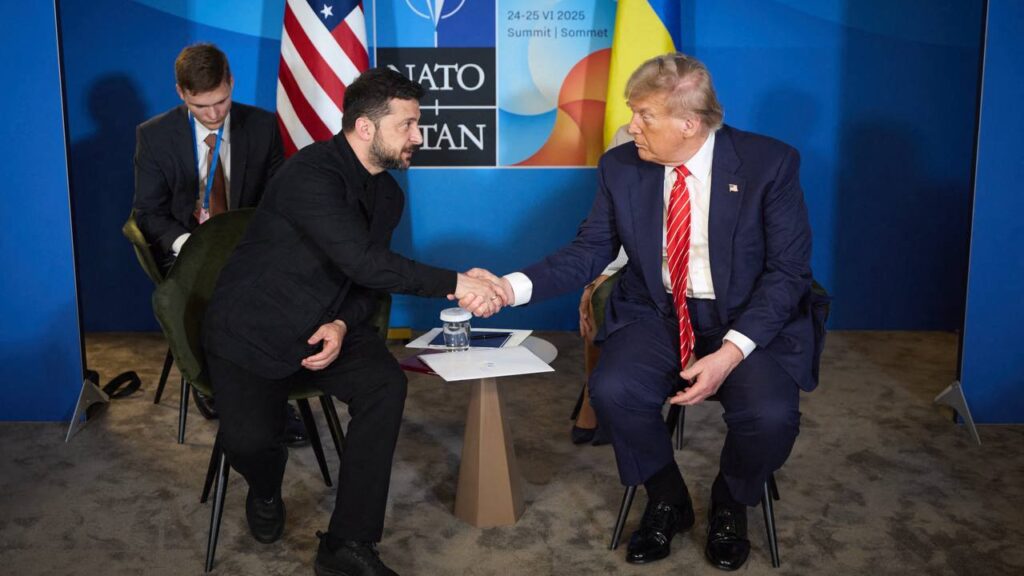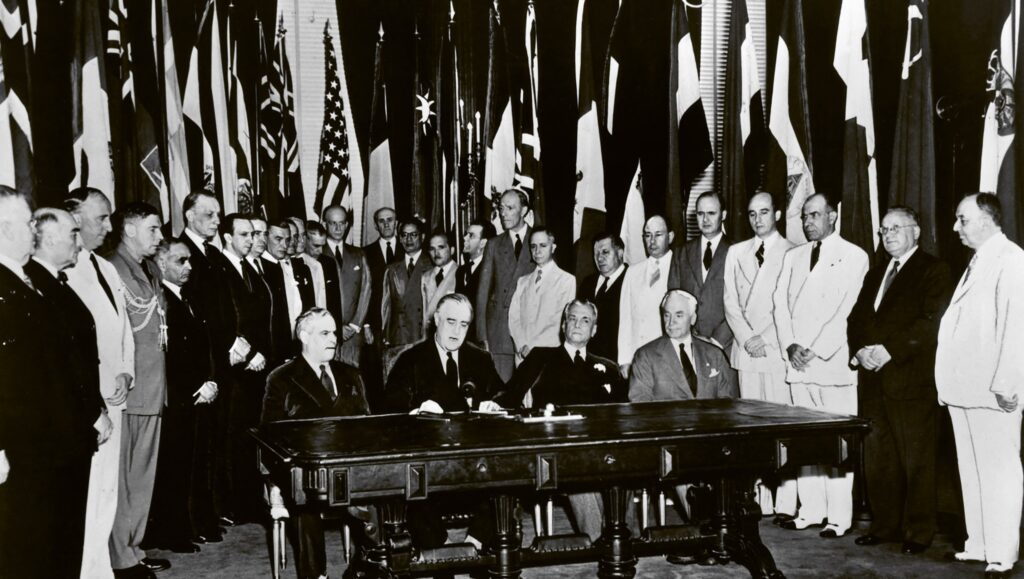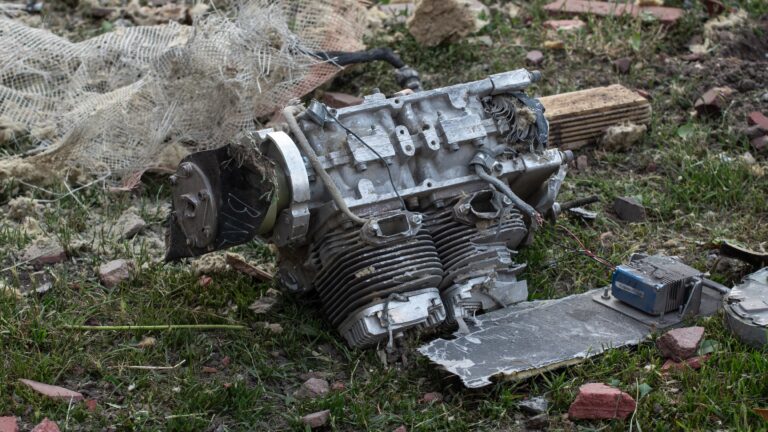Central Europe is a bright spot on the map when it comes to digital innovation. The development of 5G telecommunications, artificial intelligence capabilities, and cybersecurity initiatives have found a supportive home in the region. The advent of technological assets for nations of this part of the world is a key element in their rapid turnaround from being satellite states of the old Soviet Warsaw Pact to being drivers of the continent’s digital future.
Nestled in the basin of the Carpathian Mountains, the small nation of Hungary has become a beacon in the heart of Europe when it comes to the continent’s technological development over the past few years. The research and development efforts of institutes such as the ZalaZONE technology park, Huawei’s European Supply Center, and new logistics infrastructure like the East-West Intermodal Gateway, which functions as the ‘western gate of the new silk road,’ has resulted in Hungary rapidly developing its profile as a center of progress.
To the north, Poland is gaining the world’s attention as a growing center of technological advancement with the advent of the nation’s ‘Silicon Forest’. Known for its abundance of natural beauty, the northwestern Podlaskie region is earning recognition for its blooming of technological prowess. Robotics, augmented reality, and artificial intelligence have all found utility in making progress in fields such as medical technology and pharmaceuticals through firms like ChM, Medgal, and the TenderHut Group. The region now employs over ten thousand people in the IT sector.
However, challenges are beginning to materialize with the realization of the region’s new found status.
At the top of the list is cybersecurity and entailing alliances. The issue is one that Hungary is beginning to contend with now.
A major part of Hungary’s advancements in 5G networks and artificial intelligence applications is thanks to its economic and technological relationship with China. But whereas Hungary sees an economic partner, the rest of Europe and the United States see a security risk. The rising tensions between China and NATO have resulted in Huawei, which is linked to the Chinese military and intelligence services, being shut out of member nations’ communications networks and other critical infrastructure. Hungary has deviated from this trend, which Hungarian leadership figures such as Foreign Affairs Minister Péter Szijjártó have characterized as ‘economic suicide’ and claim that China does not constitute a risk. This calculation has security officials of Hungary’s allied nations concerned.
The Danube Institute recently published a report, cowritten by this author, on cybersecurity considerations regarding Chinese-developed artificial intelligence and the impact it has on the security considerations of Budapest’s allies in NATO. One of the biggest risks detailed is not necessarily a threat to Hungary’s own infrastructure, but rather to its security alliances. The danger is Hungary’s close relation with China being assessed as a vulnerability by U.S. and European security leaders as well as joint platforms such as NATO.
Should such an assessment come to pass, Hungary could find itself becoming estranged from its defense partners.
With the ongoing war in Ukraine, the timing could not be worse.
However, Hungary and Poland already have the needed foundations to address these issues. At the end of 2023, Hungary and Poland both participated in NATO’s annual cybersecurity exercise, Exercise Cyber Coalition. Such venues provide Hungary, along with the rest of Central Europe, the training and affinity-building between nations needed to ensure the security alliance remains strong as it develops its cyber capabilities. But more is needed to ensure the nation’s protection.
While Hungary and Poland ensure their reactionary abilities remain strong through their respective memberships in NATO, the rapidly developing world of cyber affairs and the dangers they come with require a proactive approach to avoid potential vulnerabilities in national infrastructure. Budapest has already begun to implement such an approach.
The energy sector in one industry that digitalization offers both high risk as well as high reward. Technologies such as artificial intelligence and smart readers enable a more efficient utilization of energy – something that is greatly needed. However, the danger of sabotage and manipulation is also increased with the implementation of cyber-based controls systems. Hungary’s Paks Nuclear Power Plant, built by Russia’s state nuclear corporation Rosatom, looks like a security liability. Concerns are especially potent with a second phase of the plant now being constructed in order to expand the plant’s capacity. With Russia now in a hostile disposition against the European Union due to the conflict in Ukraine, the potential for Russia to use its position in building and maintaining the plant to hostile ends is not impossible.
But Hungary’s leadership has taken measures to address this scenario. In an effort to address security concerns, Budapest reached a deal with the French nuclear energy firm Framatome to provide the control systems to run the reactors of Paks II, thus nullifying the threat of Russian sabotage or manipulation. With this deal, Hungary was able to maintain its energy relationship with Moscow, but also address the security concerns of its western security partners. This is a strategy that is likely to be repeated in the years to come.
A complete decoupling with China would do more harm than good overall to the Hungarian and European economies, Minister Szijjártó was correct about that. However, contrary to his earlier insistence, risks do in fact exist for both Hungary and Europe over the relationship. The rapid digitalization of society reveals many vulnerabilities in issues such as data security and the integrity of critical infrastructure such as telecommunications and energy systems. One of the most critical issues facing Europe’s cybersecurity is the lack of a standard strategy to ensure the interconnected networks of the continent are protected. While platforms such as NATO exist to ensure a coalition to counter threats, what still remains unrealized is a standard strategy to proactively defend Europe’s critical infrastructure to ensure society’s function and continuity. Calls for a forum to address this challenge are beginning to materialize.
Hungary and the rest of Central Europe are uniquely positioned to be a leading voice in this discussion.
As a primary recipient of investments in cyber development and as a hub of talent, Central Europe has both the influence and the subject matter knowledge needed to ensure that Europe’s policy would be one that is guided by sound expertise. This means focusing on protection of critical assets rather than identifying enemies. Security measures and policies do not necessarily need to be aimed at another nation in confrontation, but rather safeguard what is important. Hungary has demonstrated its capability and competency at doing so with the measures it has taken with the Paks II nuclear reactors. Prudence dictates that it expands such efforts to other sectors of its economy and society.
As Hungarian Prime Minister Gyula Andrássy once wisely stated: ‘It is always better to be sure that we cannot be harmed, than to assume that no one wants to harm us.’ With its long history of balancing the influence of both Eastern and Western powers, Central Europe is equipped both politically and technically to play a role in leading the way.








